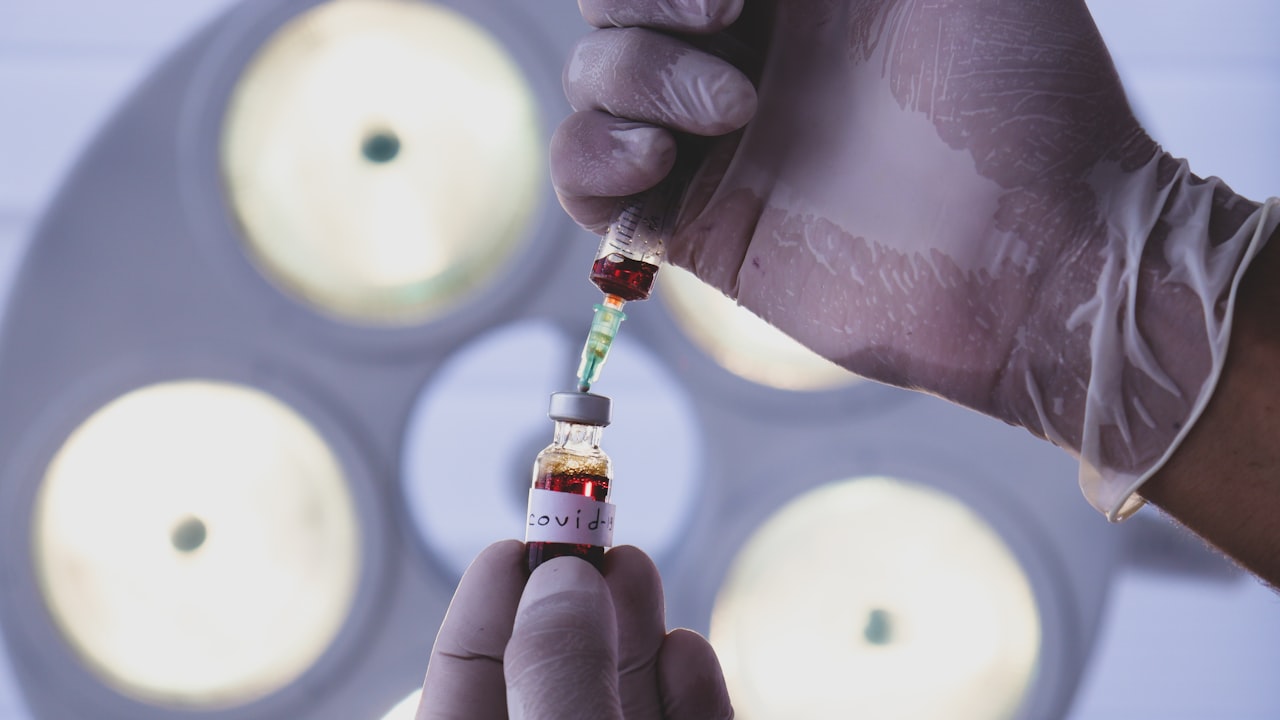Title: Designing Precision Injection Molds: A Comprehensive Guide
In the competitive manufacturing industry, the demand for high-quality injection molds is constantly on the rise. As key components in the production of plastic parts, injection molds play a critical role in determining the final product’s quality. To meet this growing demand, injection mold factories and suppliers must invest time and resources into designing precision molds that meet strict specifications.
At an injection mold factory, the design process is a meticulous and multi-faceted endeavor. It starts with a detailed analysis of the client’s requirements, including the type of plastic material to be used, the intricacy of the part design, and the expected production volume. With this information in hand, the design team can begin to conceptualize the mold layout, taking into account factors such as gate placement, cooling channels, and ejector systems.
Precision is paramount when it comes to injection mold design. Every aspect of the mold must be carefully calibrated to ensure consistent part quality and dimensional accuracy. Advanced software tools, such as CAD and Moldflow analysis, are often employed to simulate the injection molding process and identify potential defects before production begins.
Working closely with an injection mold supplier is also crucial in the design process. The supplier’s expertise and experience can provide valuable insights into optimizing mold design for cost efficiency and manufacturability. Collaboration between the factory and the supplier may involve iterative design reviews, material selection consultations, and prototyping to fine-tune the mold design before mass production.
In conclusion, the design of precision injection molds is a complex yet essential task that requires attention to detail, technical expertise, and collaborative effort. By partnering with reputable injection mold factories and suppliers, manufacturers can ensure that their molds meet the highest standards of quality and performance, paving the way for successful and efficient production processes.

 Title: Designing High Precision Injection Molds: Key Considerations and Best Practices
Title: Designing High Precision Injection Molds: Key Considerations and Best Practices